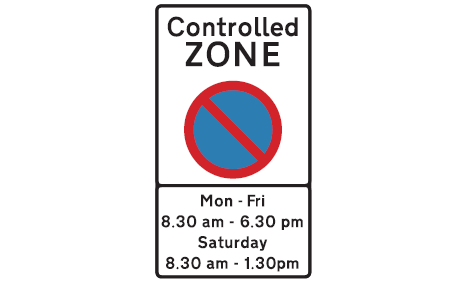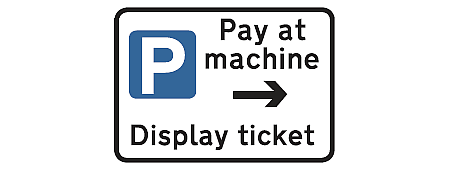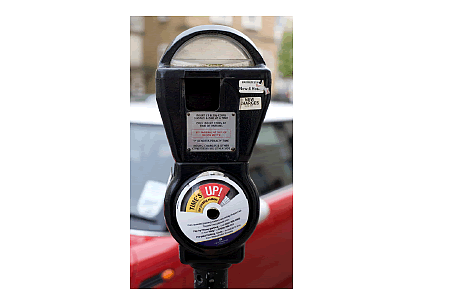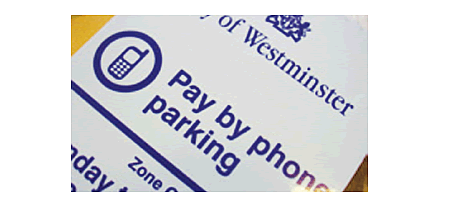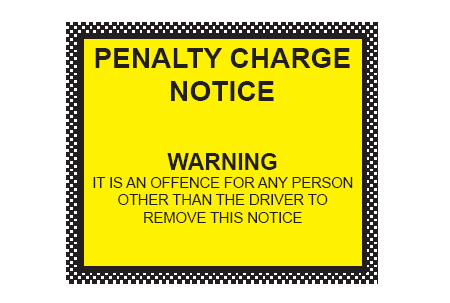Basic rules in pay to park areas
Pay and Display (and other pay to park schemes) are introduced in areas where demand for parking exceeds supply. In order for businesses, shops and local residents to receive visitors it is essential that some parking spaces are available at all times. In order to balance demand for parking against what is available, charges are introduced for parking and enforcement against meter feeding ensures that people do not stay longer than the maximum time.
- check the signs and lines and make sure that you are parked correctly in a payment bay or area
- check the times that apply – in some areas you must pay on bank holidays, in the evenings and/or weekends
- decide how long you need to stay and pay for that time when you park – in most authorities you cannot go back and pay for more time later
- do not exceed the maximum stay (usually two or four hours) for the bay
- if you need to stay longer, move the vehicle to another street or beyond the double white lines at the end of a parking place
- always have enough change on you for meters and pay and display – there is no time allowed to go and get change.
Parking times
The times of day and days of the week that you are expected to pay to park are shown on Controlled Zone Entry signs, pay and display machines, meter plates and signage relating to voucher and mobile phone parking. Typical pay and display hours are 08:30 to 18:30 Monday to Friday. However some will run much later while others may operate on Saturdays and Sundays.
It is therefore very important that you check all of the signage at the parking location to ensure that you are parked in accordance with the regulations.
Parking bays
Always make sure that your vehicle is fully within the parking bay before you leave it. If it is beyond the end of the bay, obstructing the road, or partially on the footway you may receive a Penalty Charge Notice (PCN) even if you pay. In areas with pay and display, voucher and mobile phone parking, be careful not to park in the wrong bay (e.g. Disabled Badge Holders only bay). Some councils run resident and business permit schemes. In order to park in these bays your vehicle must have the appropriate permit.
Never park on a suspended bay. Yellow signs or cones are used to indicate a suspended bay, while suspended meter bays should have a yellow bag over the top of the meter head. Because bays are suspended for a particular purpose (roadworks, house removals, funeral cortege etc.) and have been paid for, you run a high risk of being towed as well as receiving a PCN.
Pay and Display (P&D)
Before you enter money into the pay and display machine, check that you are parked in the correct pay and display bay and are using the correct machine. Check signage and instructions on the machine to ensure that payment is required and there is no suspension in place.
Make sure that you are aware of the maximum stay and that the monies that have been inserted have registered correctly before obtaining your ticket.
P&D machines usually take a range of currency denominations but please ensure that you have the correct change for your stay. Newer machines may also accept payment by credit and debit cards using chip and pin. Please follow the instructions on the machine if this is the case.
Once you have received your ticket please ensure that it is displayed correctly in the windscreen of the vehicle in accordance with the instructions. Make sure that it is clearly visible when you leave the vehicle. If it blows off the dashboard after the close the door then you may receive a PCN.
If you discover that a P&D machine is out of order please use the nearest machine that is in working order and purchase a ticket from there instead. You can only park for free if all P&D machines in the vicinity are not working. If this is the case, place a note in the windscreen stating that all the machines are out of order with the date and time that you parked. You should check the location periodically to see if the machines have been repaired. P&D machines are checked automatically – if there is no fault you will receive a PCN.
Do not park in a suspended P&D bay. If the whole pay and display bay is suspended there will be a yellow bag over machine. If the bay is partly suspended the pay and display machine will be operational, and a temporary suspension sign will indicate which area is suspended.
Meter rules
Before you pay, make sure that you are at the correct meter. Some meters are numbered with the corresponding bays, others have small arrows on the ground pointing to the base of the meter to the relevant parking bay others are marked A and B.
Check the instruction legend on the meter, which should provide details of the hours of control and the hourly tariff.
Check that the meter registers the time as the money goes in. The digital display should add extra minutes as each coin is inserted. Meters in London accept £1 or 20p coins and do not give change.
Most meters will allow a maximum stay of two or four hours.
If the meter has a yellow ‘no parking’ bag on it you must not park in that bay.
You should not park on a meter that has a sign saying ‘no parking at out of order meter’ on the meter plate, or when the words ‘Out of Order’ appear in the meter window.
If a meter that does not have an out of order sign appears to take your money and fails to register the time, do not attempt to put more coins in: place a note in the windscreen explaining that the meter is out of order with the date and time that you parked and leave the vehicle where it is (the meter will be checked – if there is no fault you will receive a PCN).
Mobile phone parking
Many authorities operate parking bays which allow you to make a cashless payment using your mobile phone.
To do this you will need to set up an account and register your vehicle and bank details when you first park in a mobile phone parking bay. You do this by calling the telephone number provided at the bay. You only need to register with each service provider once. Some councils provide an online pre-registration service for setting up accounts.
Once your details have been registered you can pay for your parking by entering the specific location code and the length of stay via your mobile phone.
Signs located at mobile phone parking bays provide the relevant phone numbers and location codes, while
detailed instructions can be followed once you call.
Voucher parking
Voucher parking is similar to both P&D and meters, except you display a cardboard voucher to show that you have paid and are not overstaying. Any shop in the voucher area showing the respective voucher logo will sell you a parking voucher. You can only use the voucher in the designated area. Signs will advise which bays are set out for voucher parking and usually advise of the hours of control and maximum stay.
The vouchers will have full instructions of how to use them on the back. Read the instructions carefully and display the voucher clearly.
Clamping and towing
If you break any of the parking regulations you are at risk of having your vehicle towed away or wheel clamped as well as receiving a PCN.
You cannot be clamped unless you have overstayed the time paid for by more than 30 minutes.
If your vehicle is missing when you return to it this may be because it has been towed away - telephone the TRACE service on 020 7747 4747. They can locate your vehicle and provide details of where to go to reclaim it and how much you will have to pay. It typically costs around £250 to reclaim your vehicle – more for storage costs if the vehicle is not reclaimed quickly.
If you return to your vehicle and find that it has been wheel clamped, follow the instructions set out on the information card attached to the vehicle. If you cannot follow the instructions or the information card is missing, telephone TRACE on 020 7747 4747.
If you receive a PCN
Do not ignore PCNs, they may carry extra penalties if they are not either paid or contested promptly. Most PCNs have a 50 per cent discount if paid within 14 days. Pay as instructed on the penalty and/or accompanying payment slip.
PCNs are issued by councils for pay-to-park contraventions. If you believe the PCN was wrongly
issued, you can appeal. Check the PCN for details of what contravention you are alleged to have committed and write to the address on the back.
They will either cancel the PCN or write to you giving the reasons why it is still valid.
If they do not cancel the PCN they will also advise how to take the matter further, through to an independent adjudicator at the Parking and Traffic Appeals Service.

